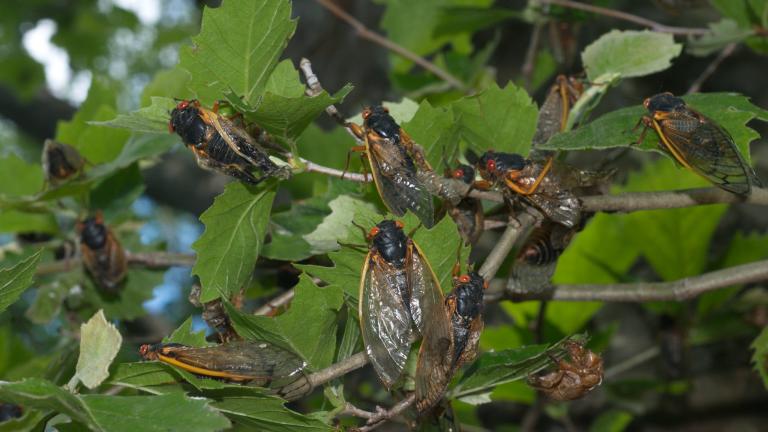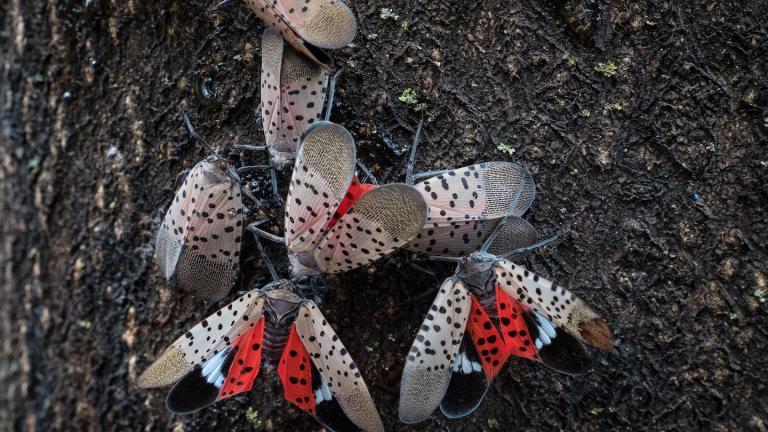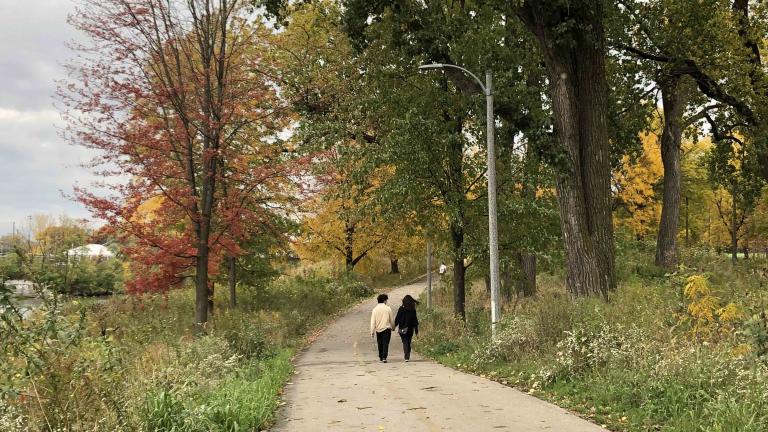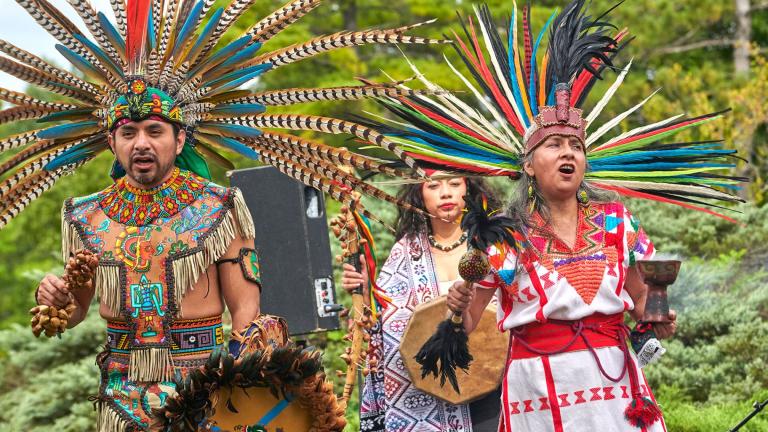This year marks the centennial of the Morton Arboretum in DuPage County. Fifty years before it was established, the founder’s father started Arbor Day. Producer Marc Vitali visited the 1,700-acre public garden for a bit of history and to meet a photographer who has explored the place since his first visit in the 1960s.
TRANSCRIPT
Alicia LaVire, Morton Arboretum: It’s a lot of things to a lot of people. Trees and nature have so many benefits. They’re restorative, they’re rejuvenating, so just the experience of being at the arboretum is meaningful for so many people.
Peter Vagt, Photographer: It’s a place that I can relax and really feel one with nature. It might be just watching a little bird for a while or stopping to look at the dew on a little flower.
Marc Vitali: The arboretum has been growing in DuPage County for one hundred years. It was started by a man named Joy.
LaVire: Mr. Joy Morton founded the Morton Arboretum. He was president of Morton Salt Company in Chicago and he lived and worked in the city, and he actually came from a family that valued and planted trees and so he had a vision of an arboretum. He originally started the arbor on 175 acres here and it’s grown to be the 1,700-acre arbor you see today.
Vitali: The arboretum is celebrating its centennial in different ways.
LaVire: We’re planting 3,000 trees throughout the Chicago region.
We’ve been offering history hikes and hikes to 100 year old trees, and additionally we published a book ‘A Magnificent Garden of Trees” celebrating 100 yearrs of the Morton Arboretum.
Vitali: A second book has also been published. It features decades of pictures by a photographer who has been visiting in all seasons for more than 50 years.
He shared his approach to photography.
Vagt: It is very intuitive; it’s really based on feelings. I’m trying not to logically say ‘How do I compose a pic in this spot, but rather I’m trying to feel intuitively what’s important at this spot and can I somehow distill that into my picture.
Vitali: And there are currently eight monumental sculptures on the grounds by South African artist Daniel Popper The works suggest the connections between humanity and the natural world.
Beyond all the artwork – natural and manmade– the arboretum is a living laboratory working toward a greener tomorrow.
LaVire: From the very beginning science was part of the purpose of the site and what some may not know is that the Arboretum’s more than 30 scientists are working throughout the grounds and the labs studying trees and plants in order to help them thrive in the century to come.
Vitali: One prominent example is Schulenburg Prairie, a vast prairie land that was restored beginning in 1962 and has since become the model for other prairie restorations.
LaVire: There’s plants from all over the world, more than 220,000 diff types of plants.
There’s 16 miles of trails and 9 miles of roads and so there’s plenty of places for walking, exploration and enjoying trees throughout the arboretum.
Vagt: It’s a meditative place. It’s natural to be meditating here.
We are restored by being outside, being with nature, being with trees. The trees here are so wonderful that they’ve become like my friends.
The Morton Arboretum is located in Lisle, 30 miles west of Chicago. Next month they’ll open a Grand Garden on a two-acre site near the Visitor’s Center.








